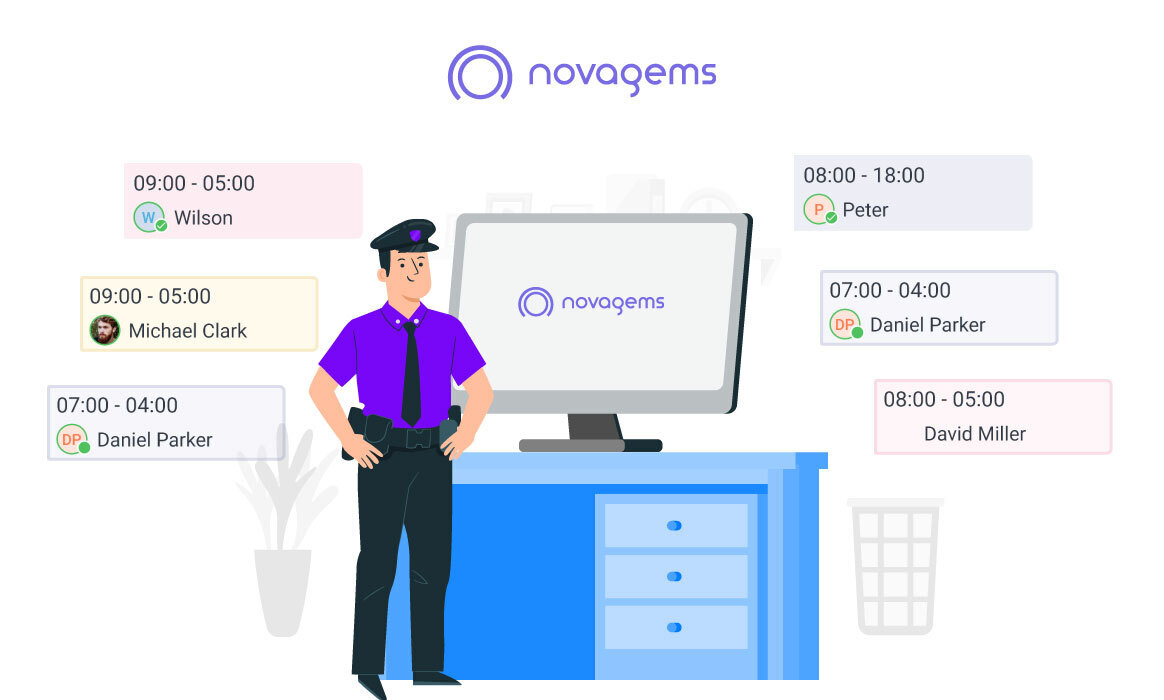Have you ever wondered how some web applications work with millions of user bases and complex data so efficiently? The answer to this might lie in MEAN Stack.
MEAN stands for MongoDB, Express. js, Angular/React, and Node. js. It is a powerful combination of JavaScript frameworks that are rapidly gaining popularity among developers to create modern web applications.
MEAN Stack applications can scale parallelly with the user base, making it a perfect fit for companies that want solutions that are future-proof and scalable. A Mean stack development company is beneficial to work with as they can provide efficient solutions for building and maintaining these applications.
If you are a developer interested in learning more about MEAN Stack or are simply curious about its potential then, this blog post is just what you need! We will discuss the benefits of using MEAN stack development of scalable web applications as well as a brief overview of how to develop a simple MEAN Stack application.
MEAN Stack Components
MongoDB:
As for data storage, MEAN Stack differs from traditional relational databases and utilizes MongoDB, which is a NoSQL database. NoSQL is more flexible in terms of data structure, which is suitable for managing complex and constantly changing data characteristics of web applications. MongoDB uses JSON-like documents to store data and it is easy to work with JavaScript objects when developing your MEAN Stack application. This document-oriented approach also has the advantage of scalability, and your database can easily expand per your application’s data needs.
Express.js:
Express.js ranks on top of Node.js, acting as the most effective web application development framework. It makes back-end development easier through aspects such as routing, which helps determine how URLs are associated with the functions of your application. Middleware functions in Express.js enable you to intercept requests and responses and include functions such as authentication or logging. Additionally, Express. js works with numerous template engines, which allows you to create HTML elements that can be updated with the data of your application.
Angular/React (Choose One):
MEAN Stack uses either Angular or React to create dynamic and interactive user interfaces for the applications. Angular is a full-featured framework that provides pre-made components, and directives to extend the functionality of HTML and data binding. It helps update the application model and view in synchronization. React, however, is a JavaScript library that is used for building reusable UI components. It employs JSX, a syntax extension for JavaScript that resembles HTML, and offers strong state management approaches for maintaining your application’s UI consistent.
Node.js:
Node.js is the engine powering the server side of your MEAN Stack application. It’s a JavaScript runtime environment, allowing you to write server-side code in JavaScript, as well as on the client side. This unified approach streamlines development and reduces context-switching for developers. A key advantage of Node.js for MEAN Stack development is its event-driven architecture, which excels at handling applications with high user interaction.
Building a Simple MEAN Stack Application
Building a Mean Stack Application demands defining a structured requirement list. Here’s a simplified breakdown:
1. MongoDB Setup:
First, we shall establish the structure of our To-Do items in MongoDB by creating a schema. Each item can have attributes such as text, the status of its completion, and a due date.
2. Express. js Backend:
The Express.js server will be responsible for receiving and fulfilling API requests for CRUD (Create, Read, Update, Delete) operations on To-Do items. It will connect to MongoDB using a driver library such as Mongoose for interacting with the database. Routing will send requests to the functions that are responsible for creating new items, retrieving the list, ticking off the items, etc.
3. Angular/React Frontend:
The user interface will be constructed from the selected framework. It is possible to observe a To-Do list, create a new item, or mark an item as done. Here, the front end will be making API calls to the Express part of the application.js backend to interact with the data.
Challenges and Solutions:
Data Validation: Frontend and backend both can implement validation rules to maintain data integrity. Tools like joi can be used for data validation on the server side.
Error Handling: It is very important that errors are managed appropriately. We can use middleware in express.js to catch errors and provide meaningful responses to the user.
This is just a very simple example of how each of the MEAN Stack components has a part to play in the development of a working web application. As the applications become complex, other libraries and frameworks may be added to handle state, and user authentication among other functionalities.
Conclusion
In essence to the above-discussed areas, due to the utilization of JavaScript on each layer of development, MEAN Stack development provides efficient processes and shorter times to complete projects. In terms of efficiency in increasing data volumes and users, MEAN Stack is ideal for companies that need solutions for the future.
Feeling up for the challenge of getting started with MEAN Stack development? The MEAN Stack is a way to go for both experienced developers and newcomers to the industry as it provides a great experience in creating powerful and efficient web applications. Well, it may be worth considering the possibilities the technology has to offer for your next project. If you’re looking for expert assistance, you can consider partnering with a MEAN stack development company to take advantage of the expertise of professionals who create and support these powerful applications.




